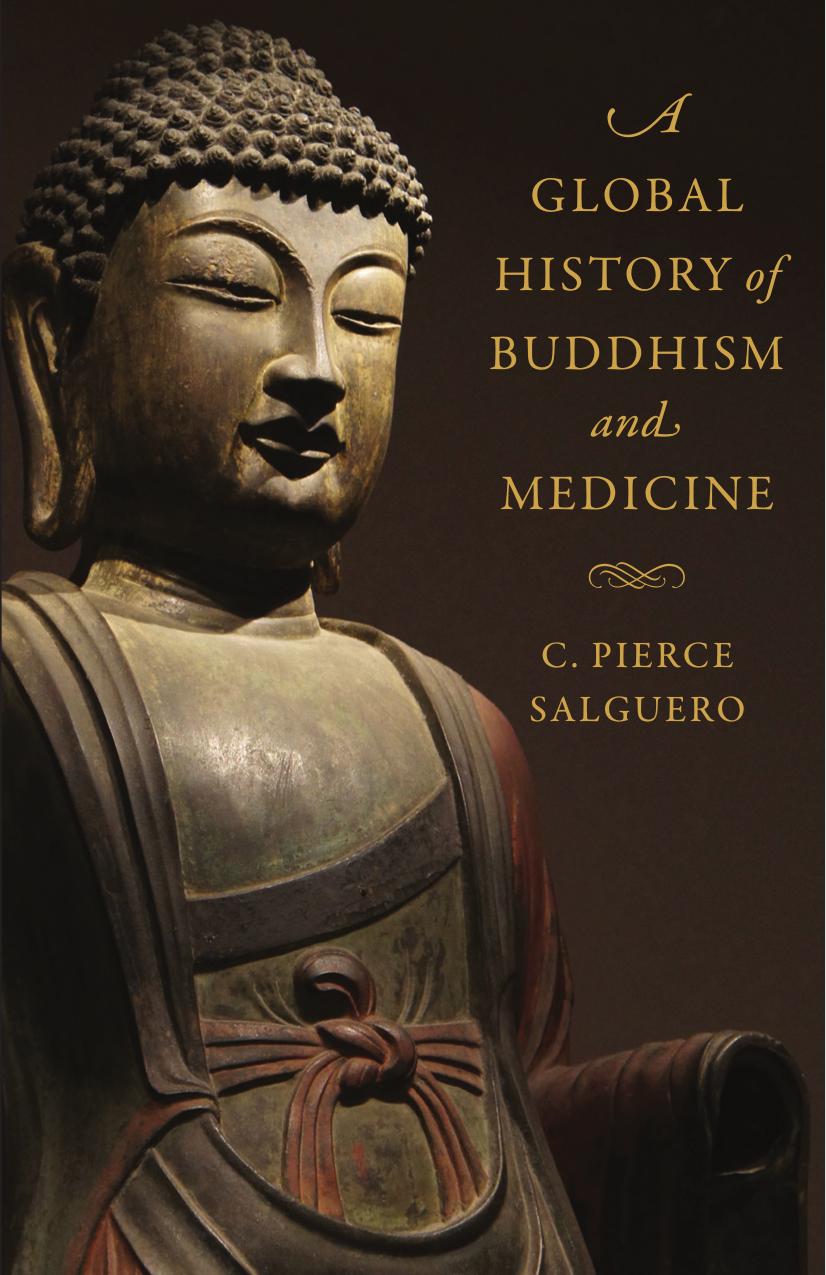A Global History of Buddhism and Medicine by C. Pierce Salguero

Author:C. Pierce Salguero [Salguero, C. Pierce]
Language: eng
Format: epub, pdf
Tags: REL007010, Religion/Buddhism/History, MED039000, Medical/History
Publisher: Columbia University Press
Published: 2022-01-31T15:00:00+00:00
Colonial Ruptures
At the end of the fifteenth century, Portuguese ships rounded the Cape of Good Hope at the southern tip of the African continent and burst into the Indian Ocean. By the mid-1500s, thanks to superior military technology and a willingness to use it in pursuit of profit, Portugal had seized coastal trade posts throughout South and Southeast Asia and had begun to exert control over the trade in these strategic waters. The mercenaries aboard these ships were sometimes accompanied by members of the Catholic missionary group known as the Jesuits (or the Society of Jesus). Converting the Asian population to Christianity had been a priority for the Jesuits from the founding of the order in 1540, and one of the original Jesuits, Francis Xavier (1506â1552), traveled widely in Asia to lay the groundwork for this initiative. In the sixteenth century, Jesuit missions were established in Ceylon (modern-day Sri Lanka), China, India, and Japan. In the seventeenth and eighteenth centuries, the society expanded its operations to modern-day Myanmar, Thailand, Tibet, Vietnam, and other parts of the Buddhist world.
Jesuits tended to use the latest developments in Western science to ingratiate themselves with segments of Asian society.2 Their missionary strategy often included translating Western medical treatises, setting up hospitals, and organizing health-related charities. One place where the Jesuits were involved with such medical missionary work was Japan, where Catholicism enjoyed tremendous success during the so-called Christian century (1550â1650). Ultimately, the Japanese government felt that the church had gained too much power and popularity, and moved to outlaw Christianity in 1614. Correspondence, eyewitness reports, and other historical documents are extant from this period, attesting in both Japanese and Portuguese to the conflicts and competitions over medical theory and practice between Jesuits and Buddhists {2: 1, 2}.
Following the Catholic lead, Protestant missionary activity in Asia began in the seventeenth century with Dutch and British colonialism. Protestants also used European medicine and charitable health-care initiatives to promote their religion and thus entered into confrontations and competitions with local healers and medical authorities similar to those faced by the Jesuits.3 In contrast to the precariousness of the Portuguese presence in Japan, however, British colonial efforts were more successful in the long term. Britain was eventually able to seize control of whole swathes of Buddhist Asia (including Ceylon in the late eighteenth century and Burma and parts of Nepal and Bhutan in the first half of the nineteenth).
Although the British Empire did not impose Christianity on its colonized populations by force, it did allow Protestant missionaries great leeway to engage in missionary activities in its colonies. In addition to promoting Christianity, these missionary groups also worked hard to dissuade colonized populations from following Buddhism. By the nineteenth century, all over colonized Asia from India to the Philippines, anti-traditional, pro-modern, and pro-Western propaganda was being actively promulgated by missionaries and colonizers.
These efforts periodically targeted Buddhist healing practices as an object of scorn. One illustrative example is a popular booklet written in the Sinhala language produced in 1851 by the Ceylon Religious Tract Society, a Protestant missionary group {2: 6}.
Download
A Global History of Buddhism and Medicine by C. Pierce Salguero.pdf
This site does not store any files on its server. We only index and link to content provided by other sites. Please contact the content providers to delete copyright contents if any and email us, we'll remove relevant links or contents immediately.
The Way of Zen by Alan W. Watts(6512)
Ego Is the Enemy by Ryan Holiday(5297)
The Art of Happiness by The Dalai Lama(4063)
The Book of Joy by Dalai Lama(3904)
Why Buddhism is True by Robert Wright(3405)
Spark Joy by Marie Kondo(3252)
Shift into Freedom by Loch Kelly(3137)
Happiness by Matthieu Ricard(2995)
A Monk's Guide to a Clean House and Mind by Shoukei Matsumoto(2870)
The Lost Art of Good Conversation by Sakyong Mipham(2578)
The Meaning of the Library by unknow(2508)
The Unfettered Mind: Writings from a Zen Master to a Master Swordsman by Takuan Soho(2249)
The Third Eye by T. Lobsang Rampa(2226)
Anthology by T J(2162)
Red Shambhala by Andrei Znamenski(2154)
The Diamond Cutter by Geshe Michael Roach(2022)
Thoughts Without A Thinker: Psychotherapy from a Buddhist Perspective by Epstein Mark(1962)
Twilight of Idols and Anti-Christ by Friedrich Nietzsche(1851)
Advice Not Given by Mark Epstein(1839)
